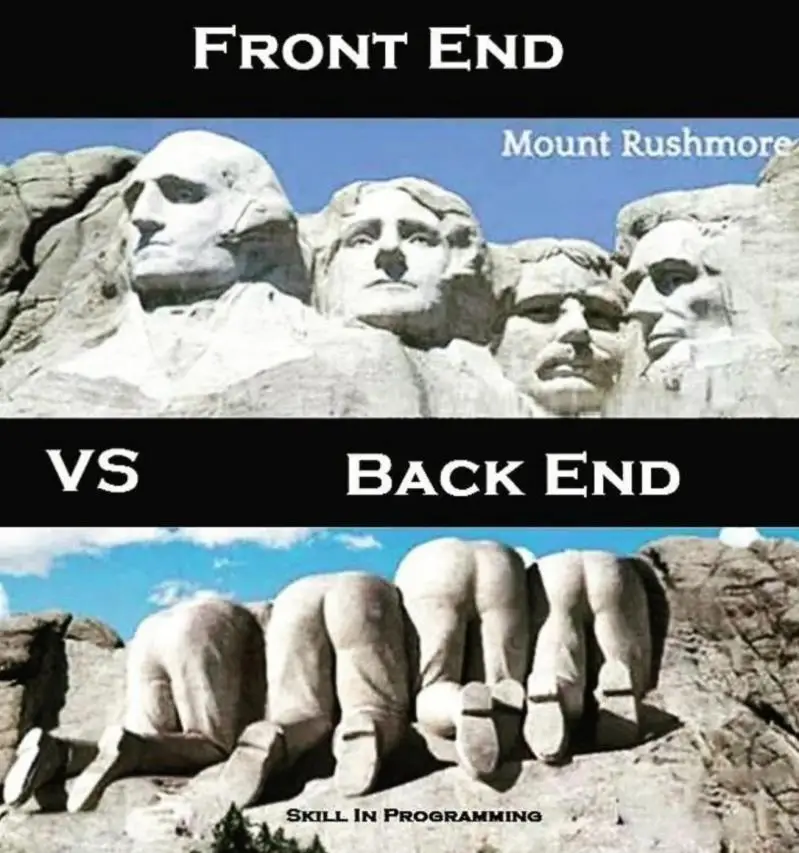What is a front-end application?
By Dillon Smart · · · 1 Comments

What is a front-end application? If you’re new to Web Development, there may be many terms you hear that you’re unsure what they mean. Don’t worry, this is all part of the learning experience and you will pick these terms up as you progress in your journey to becoming a web developer.
In this post, I will help you understand what is meant by “Front End” in web development.
What is meant by front-end?
A front-end application refers to the interface and code clients interact with, client meaning users via a web browser. Front-end applications typically interact with back-end applications over an API (Application Programming Interface). APIs serve data to the front-end, and the front-end handles the data and displays it to users in the browser.
Languages and technologies used by front-end developers
Front-end developers typically build their front-end applications in HTML, CSS, and JavaScript.
As well as the core technologies, usually, front-end applications are built using a front-end framework. These frameworks not only standardize the code structure but also provide pre-built functionality out of the box. Here are some popular JavaScript frameworks:
Example of a front-end application
An example of a frontend application could be Google’s home page. It’s a fast, responsive page and nothing else until you begin typing.
As you begin to type into the search box on Google’s home page, suggestions will begin appearing. Each character you enter into the search box is sent to the back-end of google, which processes your input and returns suggestions.
Once the suggestions have been returned, the front-end handles the data and displays them to you as the suggestions that appear below the search input field.
Is it “front-end” or “frontend”?
There are many ways to write “front-end”, and it can become confusing seeing the term written differently to new Wed Developers.
Don’t worry, you’re not alone.
As it turns out, the entire Web Development community still isn’t 100% sure how it’s supposed to be written. Take a look at this poll by CSS-Tricks on the matter.
Conclusion
In Web Development, “front-end” refers to an application that is served to users via a web browser. Front-end applications usually interact with “back-end” applications over an API which returns data for the “front-end” to display.
1 Comment
DRY: What is DRY in Development - IKnowThatNow
[…] imagine we are building a front-end application to a back-end API. Within the front-end application, we have a component that calls a method that […]